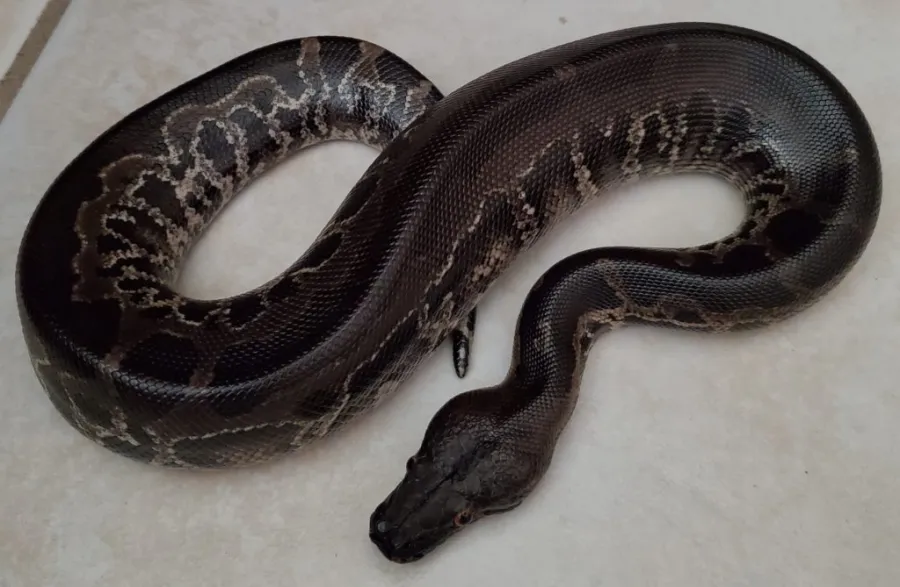
Description:
Scientific name: Malayopython reticulatus / Python reticulatus
Life span: 12-20 years
The non-venomous reticulated python is a snake that is indigenous to South and Southeast Asia. It is the longest snake in the world. These snakes have intricate geometric patterns in their coloration that include many hues. On the reverse, there are often a number of asymmetrical diamond formations, each flanked by a smaller pattern with a luminous core. Due to the great range of size, color, and marking differences found in this species, these snakes may blend in with their environment and provide excellent camouflage. Olive green, black, white, tan, yellow, gold, and brown are the most prevalent hues.

Native Region/Habitat
Southeast Asia, western Bangladesh, southern Vietnam, and the Indo-Pacific islands to the west of New Guinea are all native habitats for the Python reticulatus. Reticulated pythons have been found in eastern Sudan, Africa, and northern Queensland and the Northern Territory in Australia, according to other sources. As a direct result of the unfavorable consequences of pet imports, some reticulated pythons have been introduced in southern Florida.
Behavior:
A source of water is usually present or close by in the places where Python reticulatus is known to reside. Because of its size, it can be moved more easily. A snake can simultaneously contract and release muscles through the process of lateral progression to produce the most recognizable serpentine pattern. Rectilinear movement, in which the snake compresses its body before unfolding in a linear motion, is more frequently seen in reticulated pythons because it enables larger animals to move more quickly. A python may climb trees by constricting and unfolding its body. This occurs more frequently in younger, smaller people.
Reticulated pythons, like all snakes, must shed their skin to heal wounds or go through growth phases. They do this by moving their bodies in a similar way. Ecdysis, or the shedding of a snake’s skin, is required to accommodate their constantly expanding bodies. These snakes grow at an unpredictable rate.
Care As a pet/In captivity:
Reticulated pythons are notorious for being violent and temperamental in the wild. However, captive-bred retics can make wonderful pets if handled with care. Retics are only suggested for experienced snake keepers due to their size, temperament, and strength. Reticulated pythons require a large, custom enclosure that measures about two feet wide by three feet tall by eight feet long, a small bedroom, or a walk-in closet. A hide box or log of some sort should be available in the enclosure at all times.
- The thermal gradient should be about 75 degrees on the cool portion of the enclosure, with a basking area that is 90 to 92 degrees during the day.
- The ideal humidity range for reticulated python enclosures is between 50 and 70%. Unless you have a humidity hide box, the humidity reading on your hygrometer in your cage during shedding should be closer to 70%.
Table





